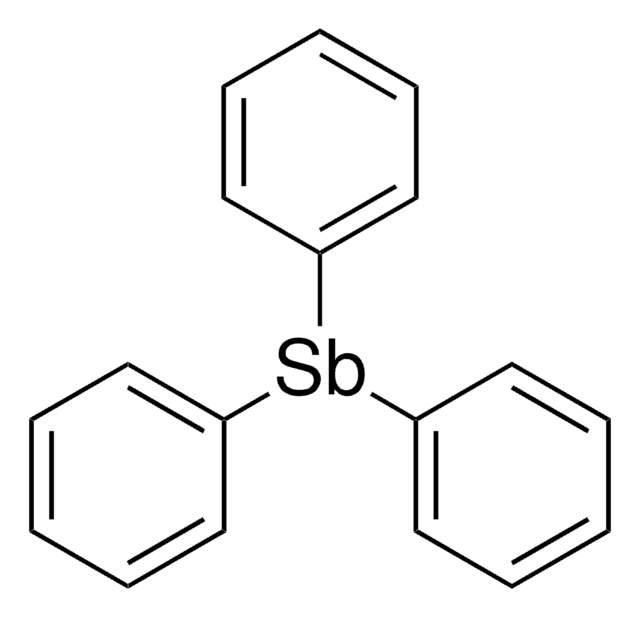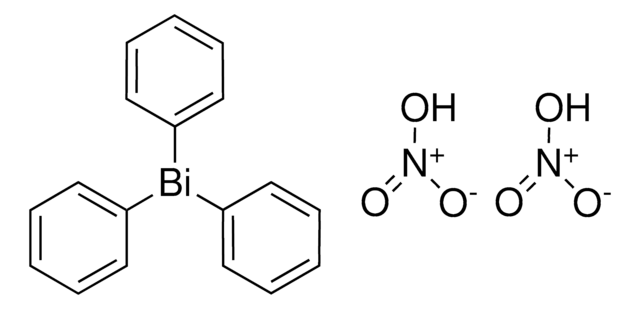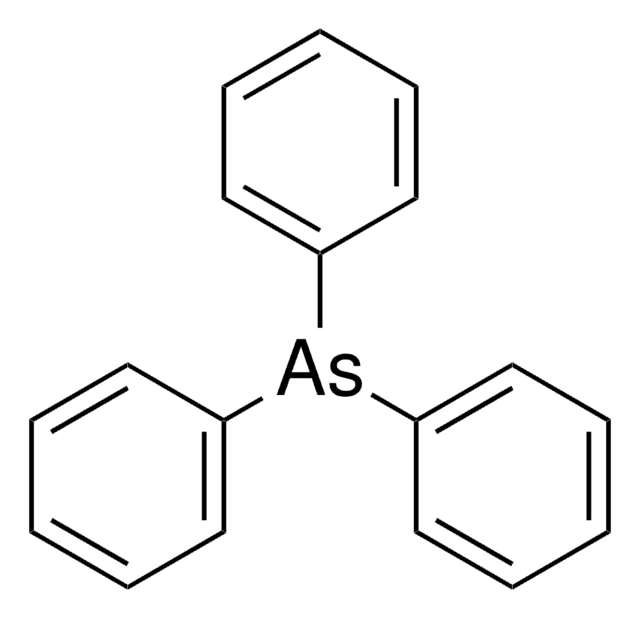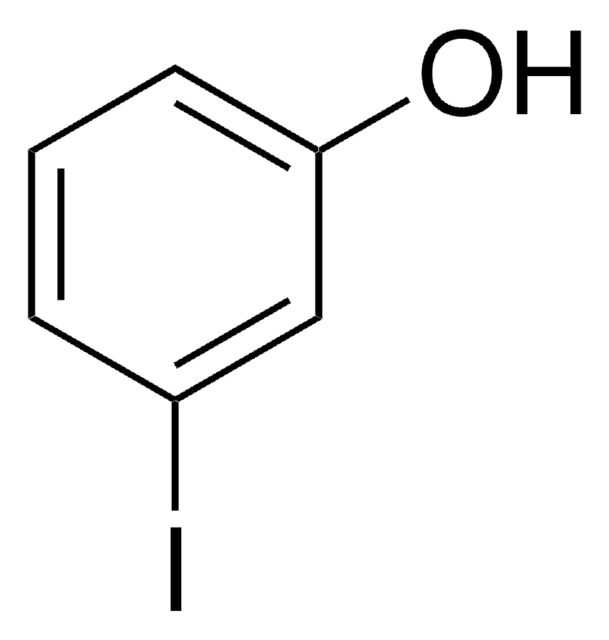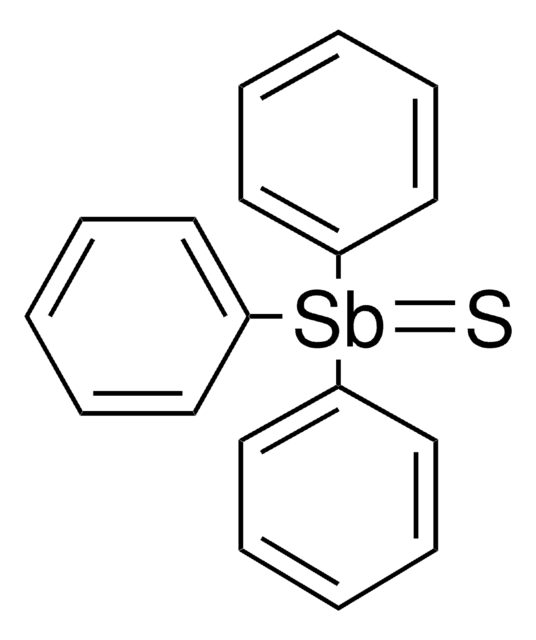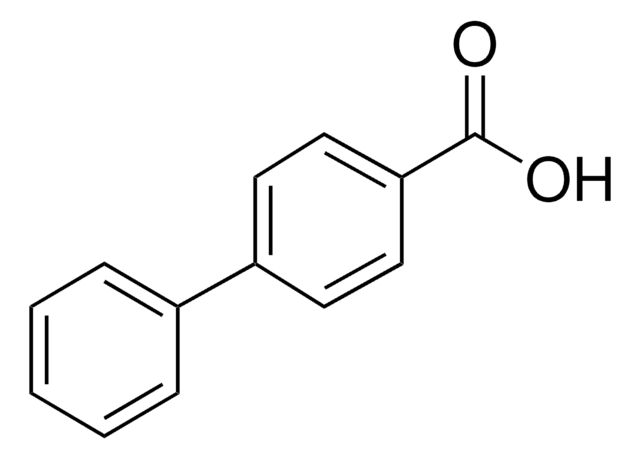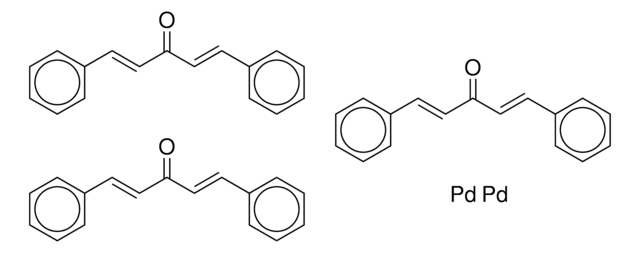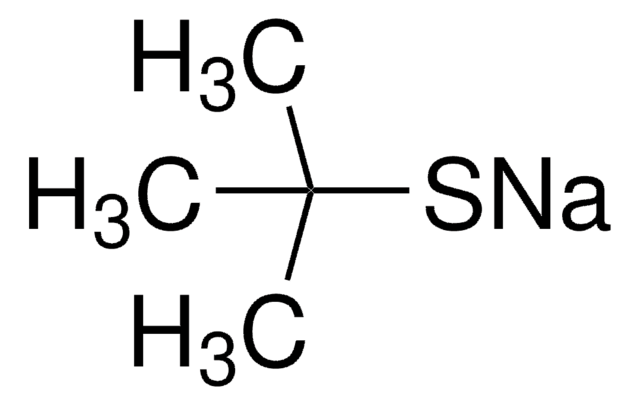135097
Triphenylantimony(V) dichloride
99%
Synonym(s):
Dichlorotriphenylantimony(V), NSC 179782, NSC 432, Triphenylstibine dichloride
About This Item
Recommended Products
Assay
99%
form
solid
reaction suitability
core: antimony
reagent type: catalyst
mp
143-145 °C (lit.)
SMILES string
Cl[Sb](Cl)(c1ccccc1)(c2ccccc2)c3ccccc3
InChI
1S/3C6H5.2ClH.Sb/c3*1-2-4-6-5-3-1;;;/h3*1-5H;2*1H;/q;;;;;+2/p-2
InChI key
PDGPVQHGCLPCES-UHFFFAOYSA-L
Looking for similar products? Visit Product Comparison Guide
Related Categories
Application
- Regioselective cycloaddition of aziridines with heterocumulenes
- Reaction of epoxides with carbon dioxide
Reactant for synthesis of:
- Tetraphenylantimony compounds with arylcarbonyloxy moieties
- Symmetrical 24-membered macrocyclic organoantimony(V) complexes
Reactant for oxidation and Suzuki-type cross couplings
Signal Word
Danger
Hazard Statements
Precautionary Statements
Hazard Classifications
Acute Tox. 3 Oral - Acute Tox. 4 Inhalation - Aquatic Chronic 2
Storage Class Code
6.1A - Combustible acute toxic Cat. 1 and 2 / very toxic hazardous materials
WGK
WGK 2
Flash Point(F)
Not applicable
Flash Point(C)
Not applicable
Personal Protective Equipment
Choose from one of the most recent versions:
Already Own This Product?
Find documentation for the products that you have recently purchased in the Document Library.
Our team of scientists has experience in all areas of research including Life Science, Material Science, Chemical Synthesis, Chromatography, Analytical and many others.
Contact Technical Service